When you look at it, getting a college degree is a no-brainer. Graduates with a four-year degree earn an average of about $32,000 more each year than those with just a high school diploma. They have 57 percent more job opportunities, as well as higher rates of voter participation, lower unemployment, and reduced health care costs, according to the Chronicle of Higher Education.
But there’s much more to it than that, says Interim Senior Vice President for Academic Affairs Martell Teasley. “We all have to pay rent. And a college degree helps with that,” says Teasley. “But it’s not just for earning a living, it’s also for living a life.”
The breadth and depth of knowledge available at the U is staggering, he says. And tuition gets students much more than a few hours in class. “Being a student at the U opens the door for access to all the university—the insights and connections of its professors, fellow students, its programs and support, and so much more. I think people forget that.”
What advice does Teasley have for students to get the most out of their degree? “Knock on doors, meet people, go to events, develop relationships, and find mentors,” he says. “It’s not just the professors at the front of the lecture hall that help, but all the people who dole out kernels of wisdom along the way that will shape and mold you into a better person.”
Momentous Moments
From dissecting human cadavers to studying ecology in East Africa, classes at the U make an impression. We asked our readers for some of the most influential courses that helped shape their careers and lives. Here are some highlights.
MOST GLOBAL▼
Ecology and Legacy Integrated Minor Program
HONORS COLLEGE
Patagonia, Montana, Utah, and East Africa—disparate locations with at least one thing in common: they’re all sites for the U’s Ecology and Legacy Program. Housed in the Honors College, this minor is a series of interdisciplinary courses that culminate in a place-based experience to learn about humankind’s impact on our environment, says Winona Wood HBS’17 MS’22, integrated minors program manager, who was in the first cohort in 2015. “It was the single most impactful part of my undergraduate experience,” she notes.
Fellow program alum Danielle Beatty HMS’20 agrees. “These classes helped me realize ecological thinking can and should play into every major and job,” she says. “This shift in my thinking is what led me to my current research and position in a PhD program, and it is still shaping who I am, what jobs I will look for after grad school, and what impact I want and believe I can have.”
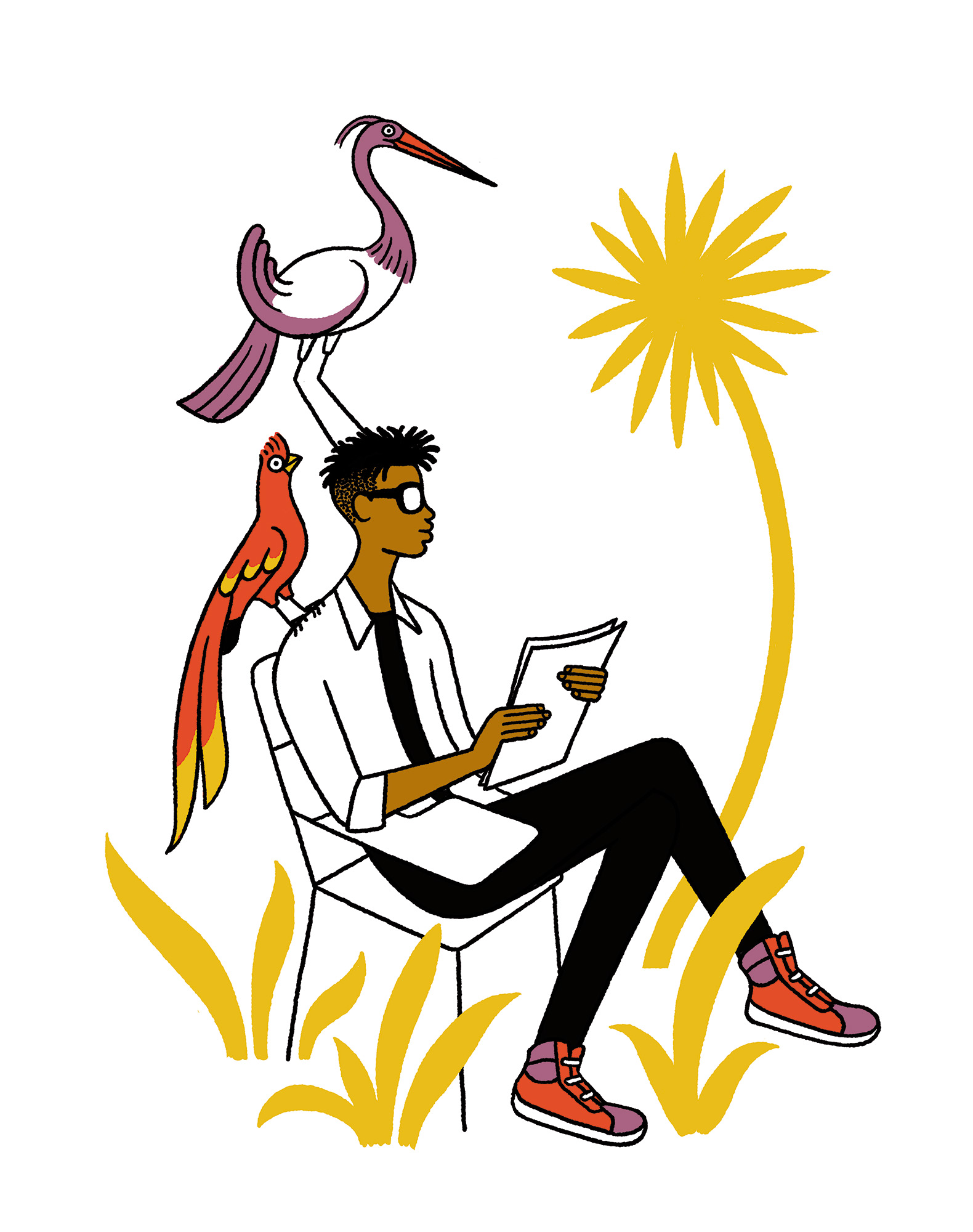
MOST MEDIA▼
Exploring Social Inequality through Music & Film
COLLEGE OF SOCIAL & BEHAVIORAL SCIENCES, SCHOOL FOR CULTURAL AND SOCIAL TRANSFORMATION
Media can entertain and instruct, reinforce or counter negative stereotypes, even illustrate issues of social inequality. “I can talk to students until I’m blue in the face about the difficult lives of many people who immigrate to America,” says course instructor Theresa Martinez, associate professor of sociology. “But when I show them A Better Life [a film about an undocumented immigrant in Los Angeles], it drives that story home and makes it real to them.”
From 12 Years a Slave to horror hit Get Out, and from Tupac to Death Cab for Cutie, the material runs the gamut and challenges students to place current events in historical context with the aid of media. “The world is more polarized than ever, and experiencing film and music together is a rare opportunity to find commonality,” says Martinez. “After all, media is all around us. It shapes everything we do. So why wouldn’t we learn about it in college?”
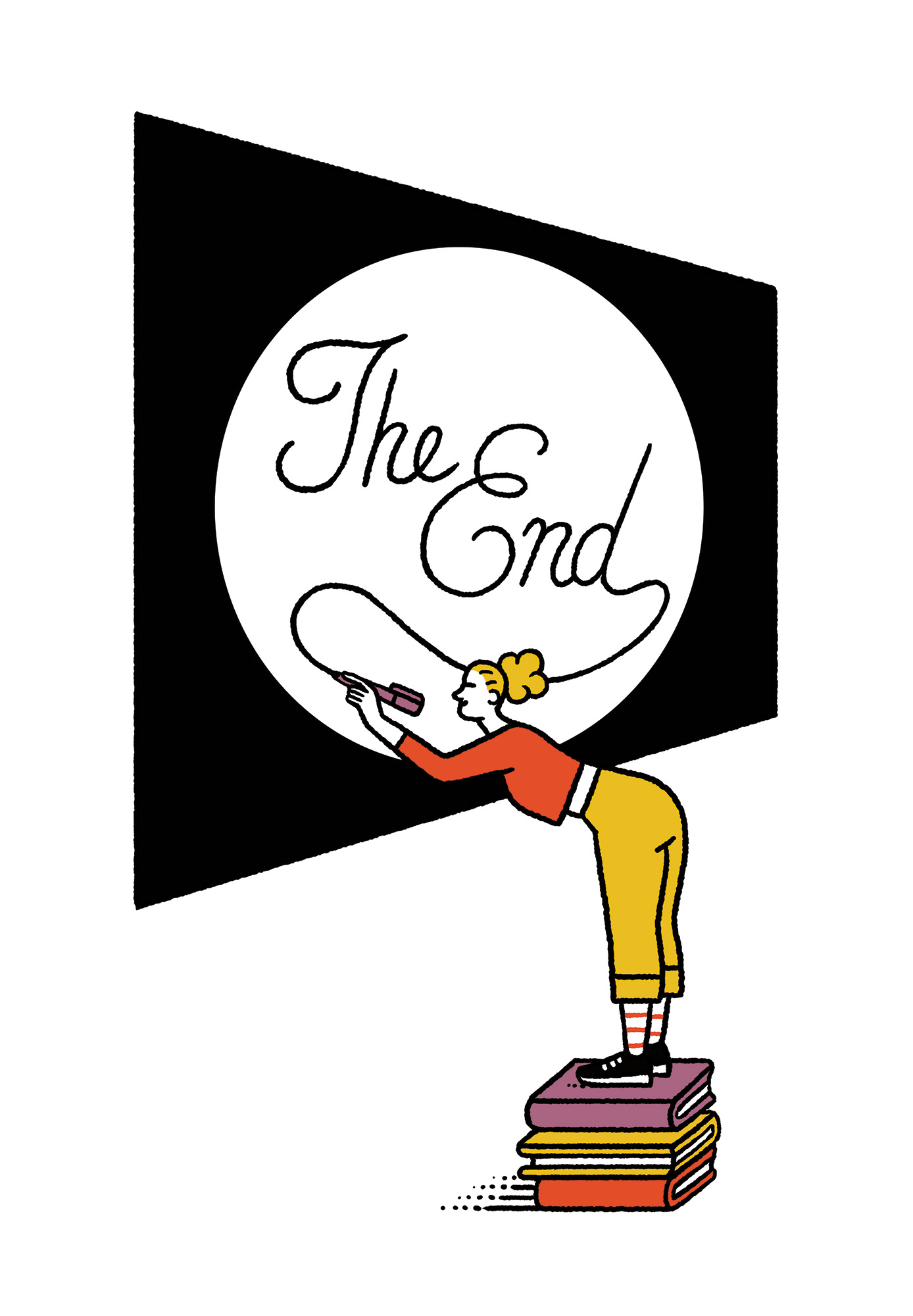
MOST PLOT-DRIVEN▼
Screenwriting
COLLEGE OF FINE ARTS
It might not be a surprise that a class that opens with watching either The Matrix or Groundhog Day has grown a strong following. What may be a bit more unexpected are the lessons non-film majors take from it, says Paul Larsen, associate professor (lecturer) of film and media arts. “This class shows how you can use language and writing to get ahead in whatever you pursue,” says Larsen—although, he is quick to note, some notable alums have gone on to Hollywood, including Oscar-nominated Lee Isaac Chung MFA’04, who told Larsen’s students on a recent visit that this was his favorite class.
Participants begin writing their own 120-page manuscript virtually from day one. And the classes are almost entirely focused on reading and providing feedback on peer work, all under the watchful eye of Larsen, who has been teaching the course for nearly three decades.
MOST GAMING▼
Aesthetics and Philosophy of Play
COLLEGE OF ENGINEERING, COLLEGE OF HUMANITIES
Games are powerful. They can tear us out of our practical attitudes and make us experience something from a new perspective. This course, which is a collaboration between Entertainment Arts & Engineering and the Department of Philosophy, challenges students to think about the role of play in society as they explore more than just mainstream games and the lessons behind them while creating their own. “Games can communicate ideas, challenge our values, and be a powerful creative outlet,” says co-instructor Jose Zagal, professor (lecturer) in the College of Engineering.
At the end of the semester, the students host a showcase for the nondigital board, card, and other games they invent. “Games can provide a palette of value concepts and comment on societal standards,” says co-instructor C. Thi Nguyen, associate professor of philosophy (profiled in this issue). “We want students to expand how they think about what makes a game successful.”
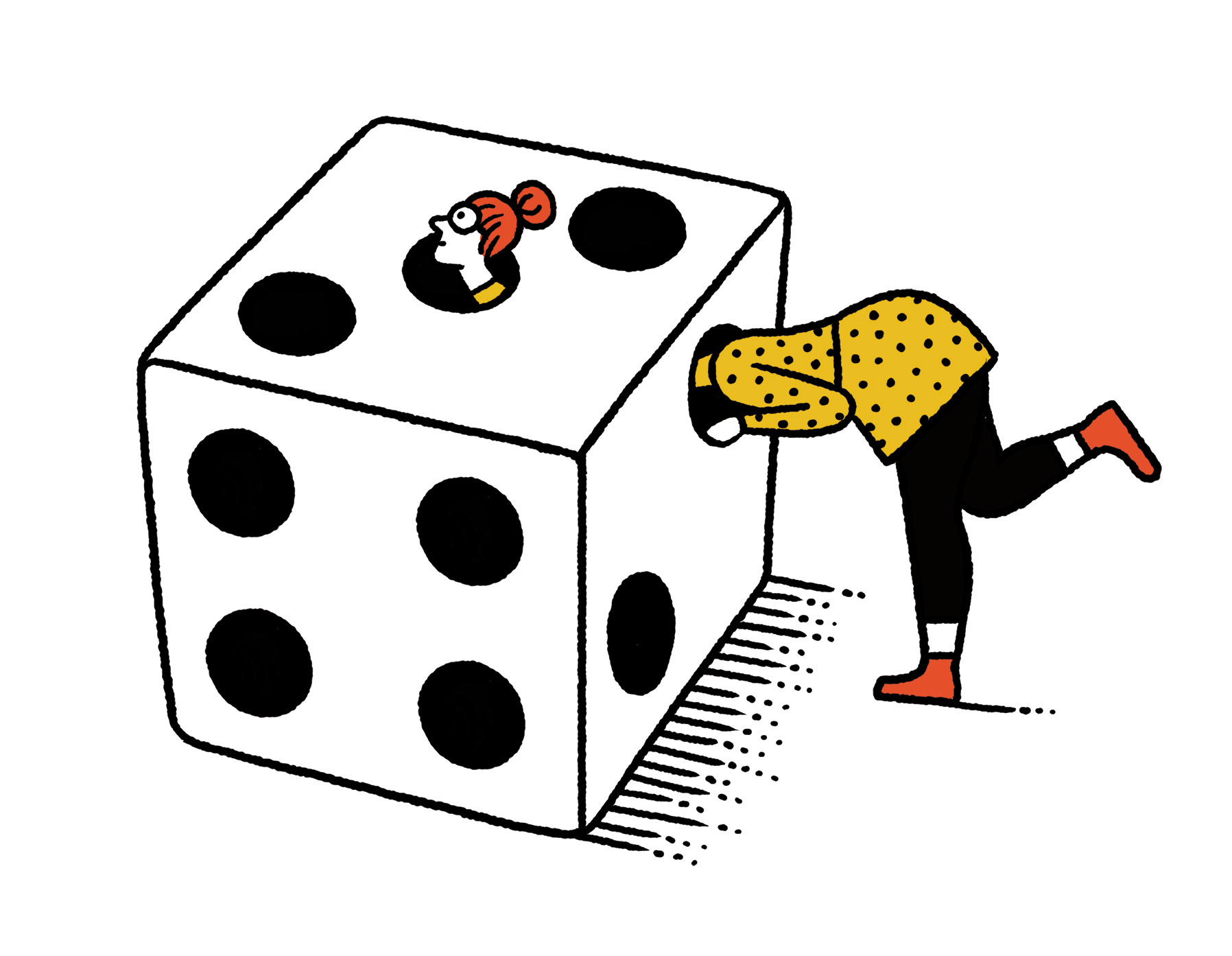
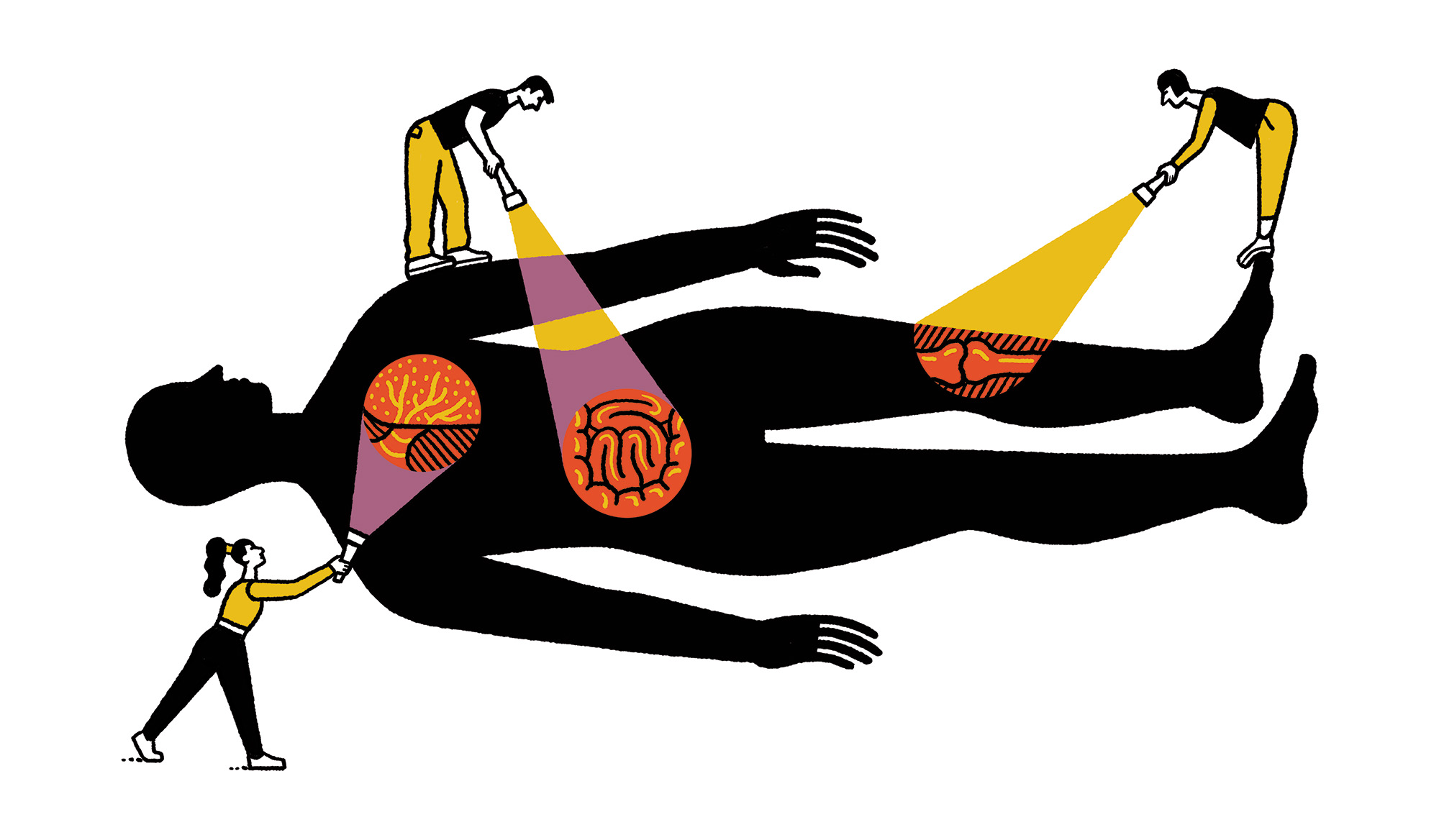
MOST LIVELY▼
Principles of Human Anatomy
COLLEGE OF SCIENCE
Although a human cadaver has often been peacefully laid before him while he teaches, Mark Nielsen’s tone is conversational and his method Socratic. Nielsen BS’83 MS’89 has served as a guide for more than 32,000 students who, among other tasks, have dissected cadavers to get firsthand experience with what constitutes the human body. The retiring professor (lecturer) of biology is one of those legendary instructors who graduates remember wistfully for years to come. “His teaching changes the way people’s brains work. It gives them a new understanding of who they are and who humans are as a species. He gives students a ‘Eureka!’ moment,” says David Carrier BS’80 MS’82, professor of biology.
MOST DELICIOUS & NUTRITIOUS▼
Culinary Medicine
COLLEGE OF HEALTH, SCHOOL OF MEDICINE
A lot of classes take place in lecture halls. Some happen in labs. But this one is held where nourishment and health take center stage—the kitchen. From Thai red curry to Tunisian pepper stew, the course uses food and nutrition to bring together 24 students from across health sciences—including pharmacy, medicine, nutrition, nursing, and more—to help them teach one another and learn to work together, says instructor and registered dietitian and nutritionist Theresa Dvorak MS’07, assistant professor of nutrition and integrative physiology. “This is a learning laboratory—not a lecture hall with 200 people,” she says. “Students are taught to see a whole person, including recognizing how cultural background may play a role in health. They learn to give practical tools for meaningful change, rather than just saying, ‘You need to lose weight.’ ”
MOST SOCIAL IMPACT▼
NONPROFIT CONSULTING
DAVID ECCLES SCHOOL OF BUSINESS
When Danika Borcik BA’16 MBA’21 entered her master’s program at the U, she didn’t have social impact in mind for her long-term career strategy. But this class transformed the trajectory of her life. “I didn’t even know this field existed before enrolling,” she says. “It changed my perspective on how to form a life and career around social good.” Borcik now works full time for the Sorenson Impact Center, where the course is housed.
The 10-week class is primarily for MBA candidates, though some law, medical, and other students participate, says instructor Fraser Nelson, who is also a co-founder of the National Trust for Local News nonprofit. Students are broken into groups to serve as consultants to local nonprofits, usually dealing with complex societal issues, such as helping those who are unhoused. “This class is a chance for students to see how their experience and knowledge can make an immediate impact, and hopefully help more people consider devoting part of their lives to public good.”
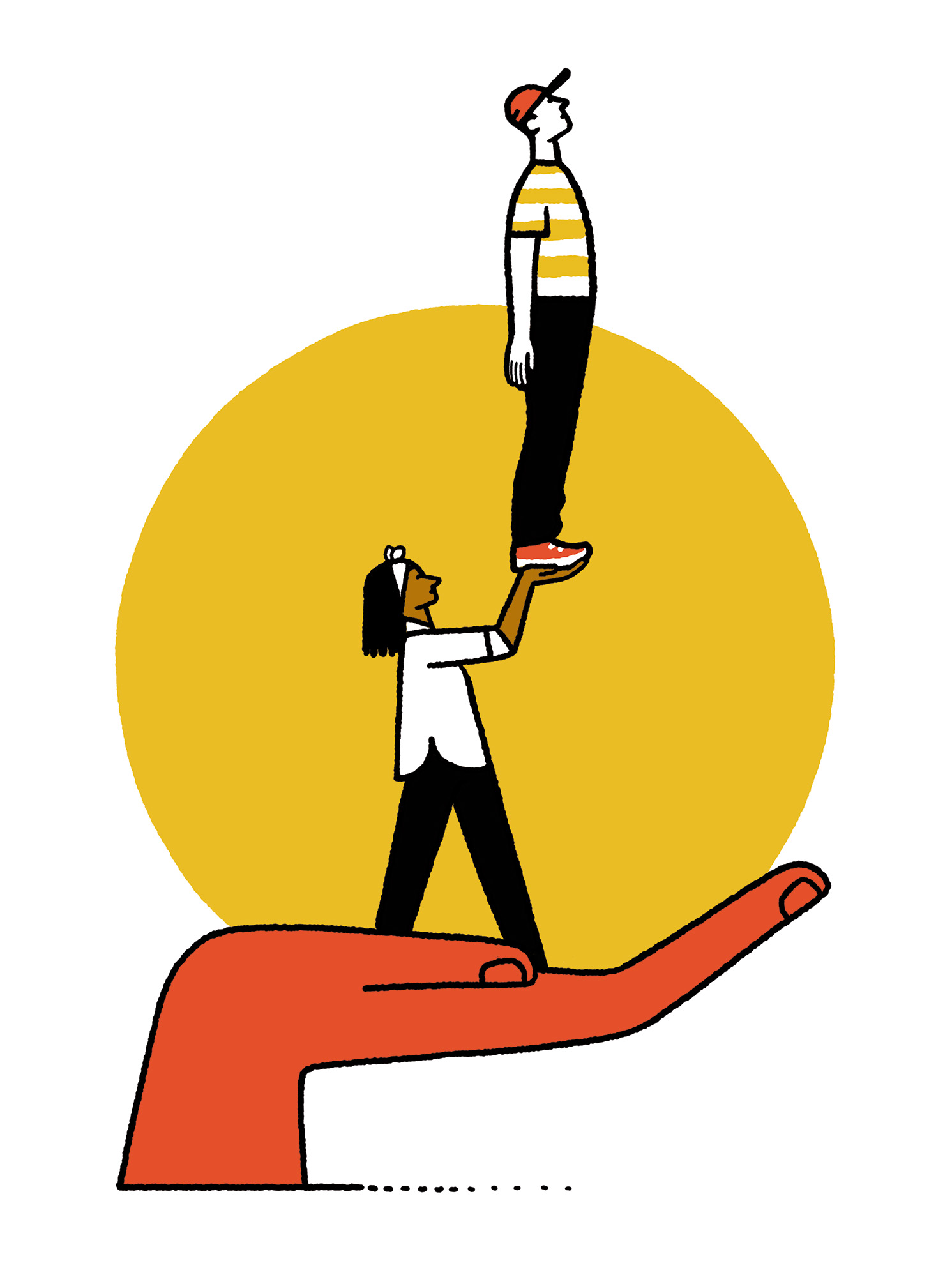
SALSA DANCING, ARCHERY, SCUBA DIVING, AND MORE!
That dance class might do more than teach you how to pirouette. And you’ll do more than just learn the rules of a new sport on the pickleball court. Multiple studies show that students who make connections on campus are more likely to stay engaged, avoid burnout, and graduate. So go on, sign up to learn how to shoot an arrow, salsa dance, play pickleball, or explore the depths.
About the author: Seth Bracken is editor of Utah Mag.
HONOR ROLL
There’s no way for us to list all the unique and impactful classes at the U in these pages, but here are a few other favorites.
Center for Emergency Programs
Ski patrol, swift-water rescue, avalanche rescue, and EMT courses are just some of the certificates and trainings available to students.
The Cultural Aspects of Food
How people around the world select, prepare, and eat food can be a striking reflection of society. Explore the relationships between food, history, culture, and traditions through topics such as nutritional needs.
Love and Relationships
Social science has much to say about the phenomena. Students discover how to apply cutting-edge findings to their own relationships.
Poverty Alleviation and Entrepreneurship
A program of the Center for Business, Health, and Prosperity, this class teaches how countries around the globe tackle economic development. Students spend a week working with companies in Ghana, one of the leading nations in Africa.
Bookbinding
Hear about Eastern and Western traditions, along with the history of the book. Construct a variety of book forms and enclosures and complete creative final projects.
The World of Dinosaurs
These remarkably diverse animals inhabited every major continent, persisted for more than 150 million years, and evolved numerous bizarre forms of bodies. Study major dinosaur groups and place them into temporal, biogeographic, and ecological context.
Cognition in the Wild
Mental thought and the natural environment are intertwined—and pupils explore that relationship in this course, which includes a five-day trip to Southern Utah.
History of Rock and Roll
This class covers the gamut of rock music and its influences, from jazz to rhythm and blues to Norwegian second-wave black metal bands and everything in between.
Launching Tech Ventures (Engineering)
Absorb the arts of presentation, negotiation, and branding to prepare for the pivotal precondition of high-tech venture launch: attracting capital.



Comments
Comments are moderated, so there may be a slight delay. Those that are off-topic or deemed inappropriate may not be posted. Your email address will not be published. Required fields are marked with an asterisk (*).